Child-led initiatives Asia and the Pacific
Regional Trends: Asia and the PacificIn Asia, examples evidence that children are sharing information related to COVID-19 with their peers through online and offline means, they’re participating in COVID-related webinars, and having online dialogue with decision makers where connection is available. Also, training and workshops on media literacy and journalism seem to be quite popular, as are peer mentoring programmes empowering children to educate adults. Organizations working with children seem to have a good connection with their audiences, which allows for these actions to be taken forward. Although children and adolescents are addressing different forms of violence, sexual violence, child abuse, and domestic violence seem to be the ones with the highest number of actions to prevent and respond to them. Online safety and online violence are also being addressed in this region, but on a lesser scale. Organizations in this region are looking to respond holistically to multiple needs, both from the provision of services to being able to directly support children in accessing help and support: “CRC Asia's member organizations have direct work with children. Their services vary and include providing helplines, online counselling, raising awareness on important safety measures against COVID 19 by making information available in local dialects, and also lobbying for inclusion and services for marginalized populations of children and their communities”. In multiple countries, organizations are looking to encourage children’s empowerment in decision-making by better understanding the multiple challenges they face, whether through weekly self-reporting done by adolescent girls in a few countries, or by directly consulting children on what prevents them from meaningful participation. Actions vary slightly in countries in South Asia. Children and adolescents are also supporting bridge communities with accurate information on COVID, but access to connectivity is a challenge in many countries. Children’s mental health is also being addressed across countries in South Asia, whether through home visits, or national awareness-raising campaigns. Social media is also being used to reach children. Specific pages are created for children to drop questions, comments about COVID-19, support their peers, and connect with decision makers. These are also spaces to take forward child centered social accountability online. |
Afghanistan
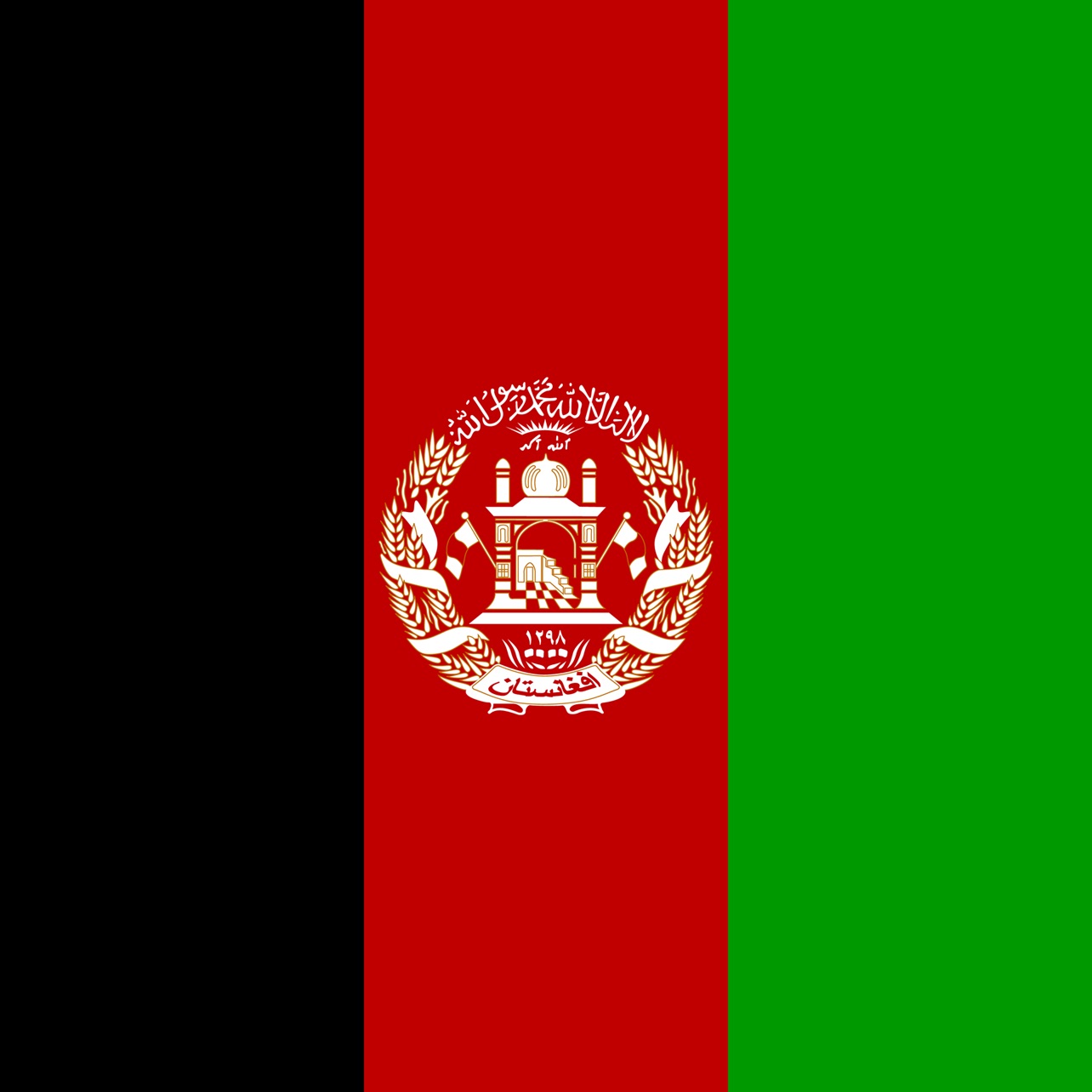
Australia
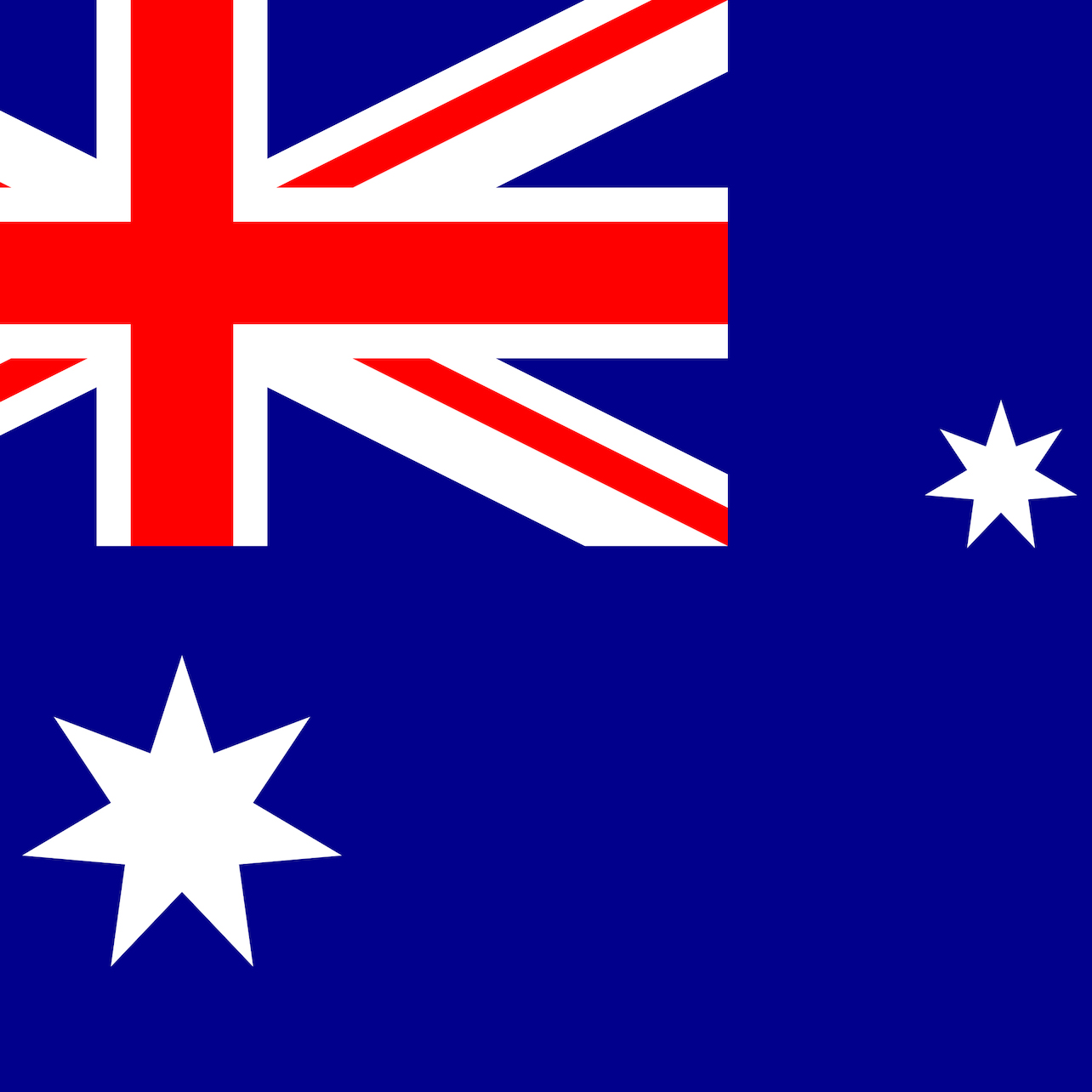
Bangladesh
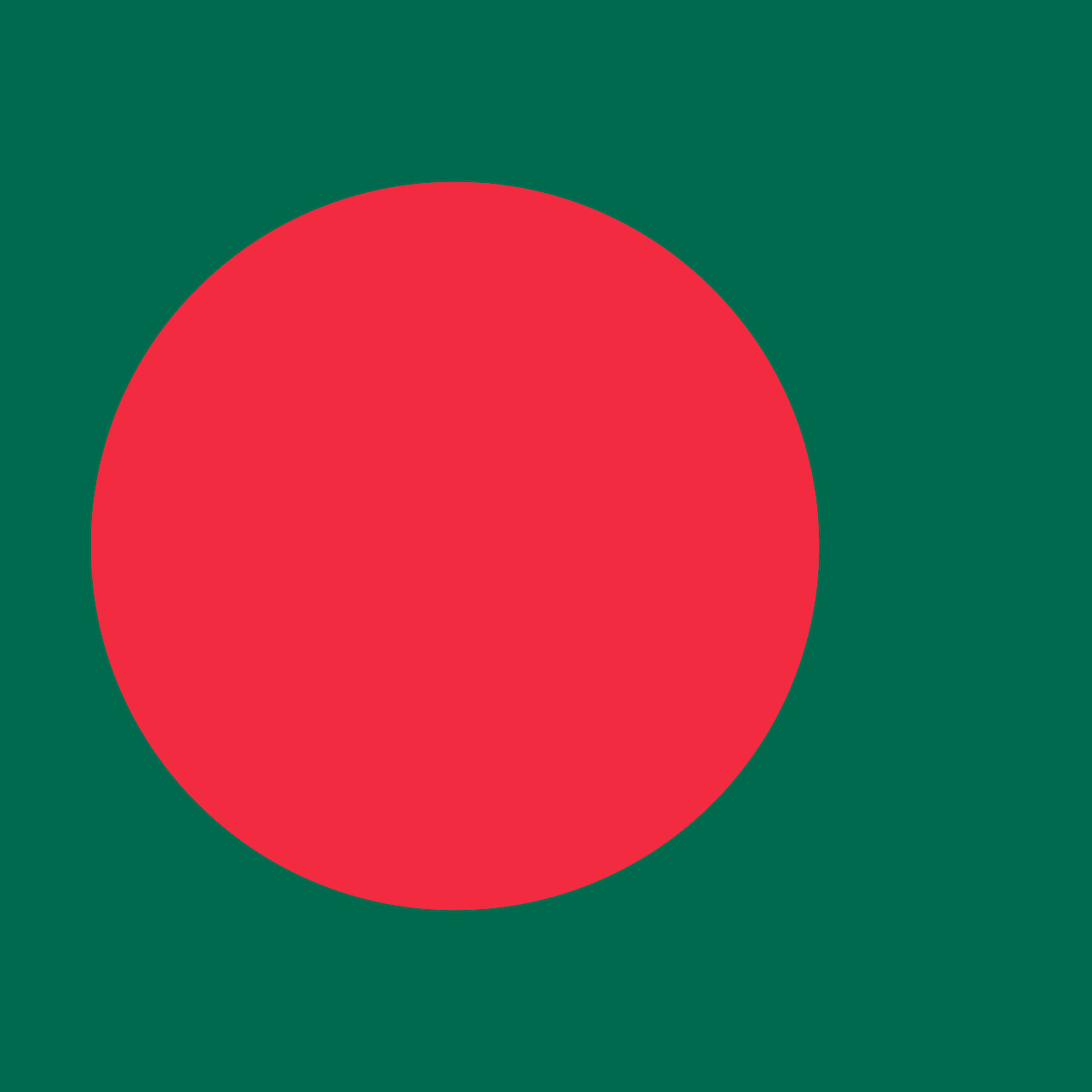
Cambodia
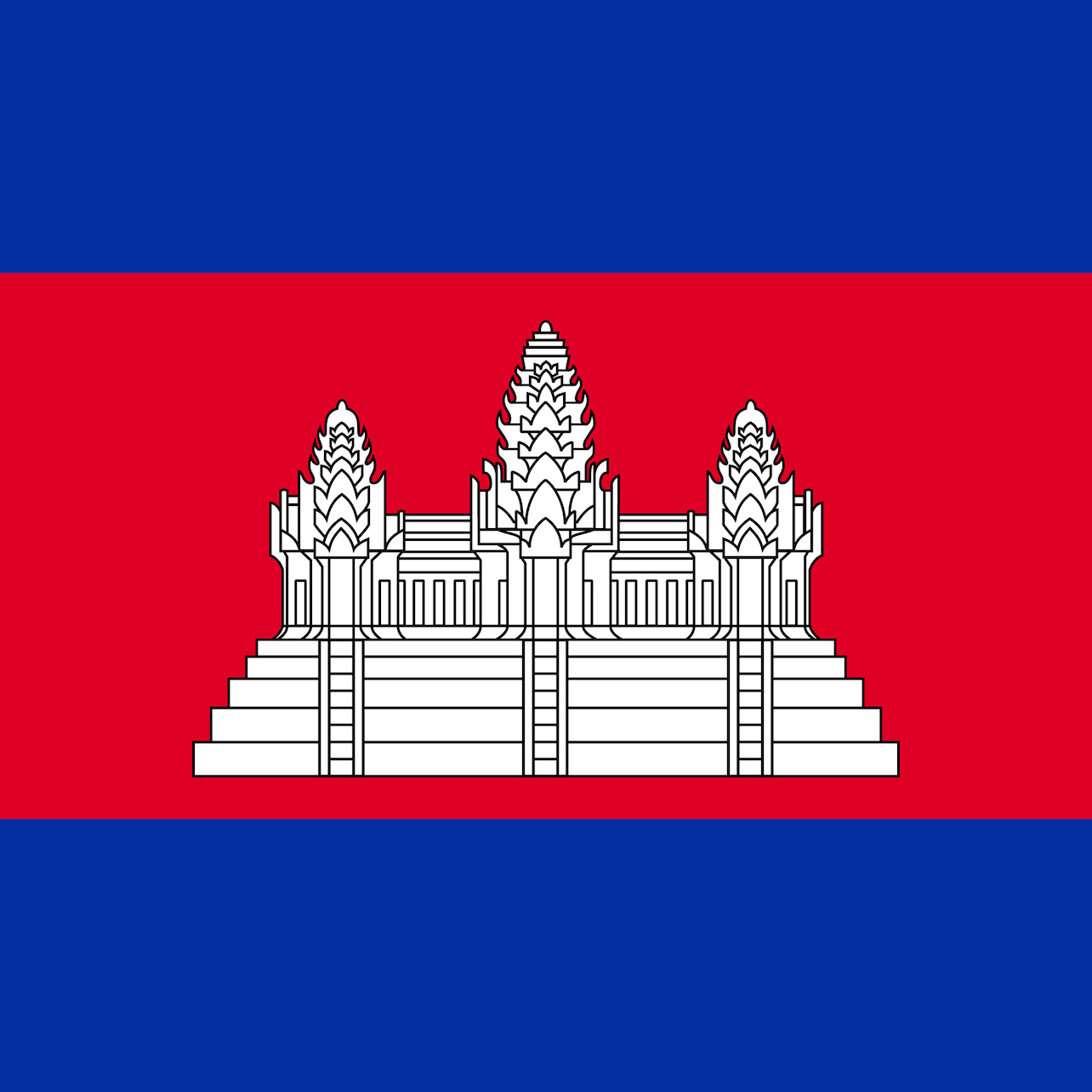
India
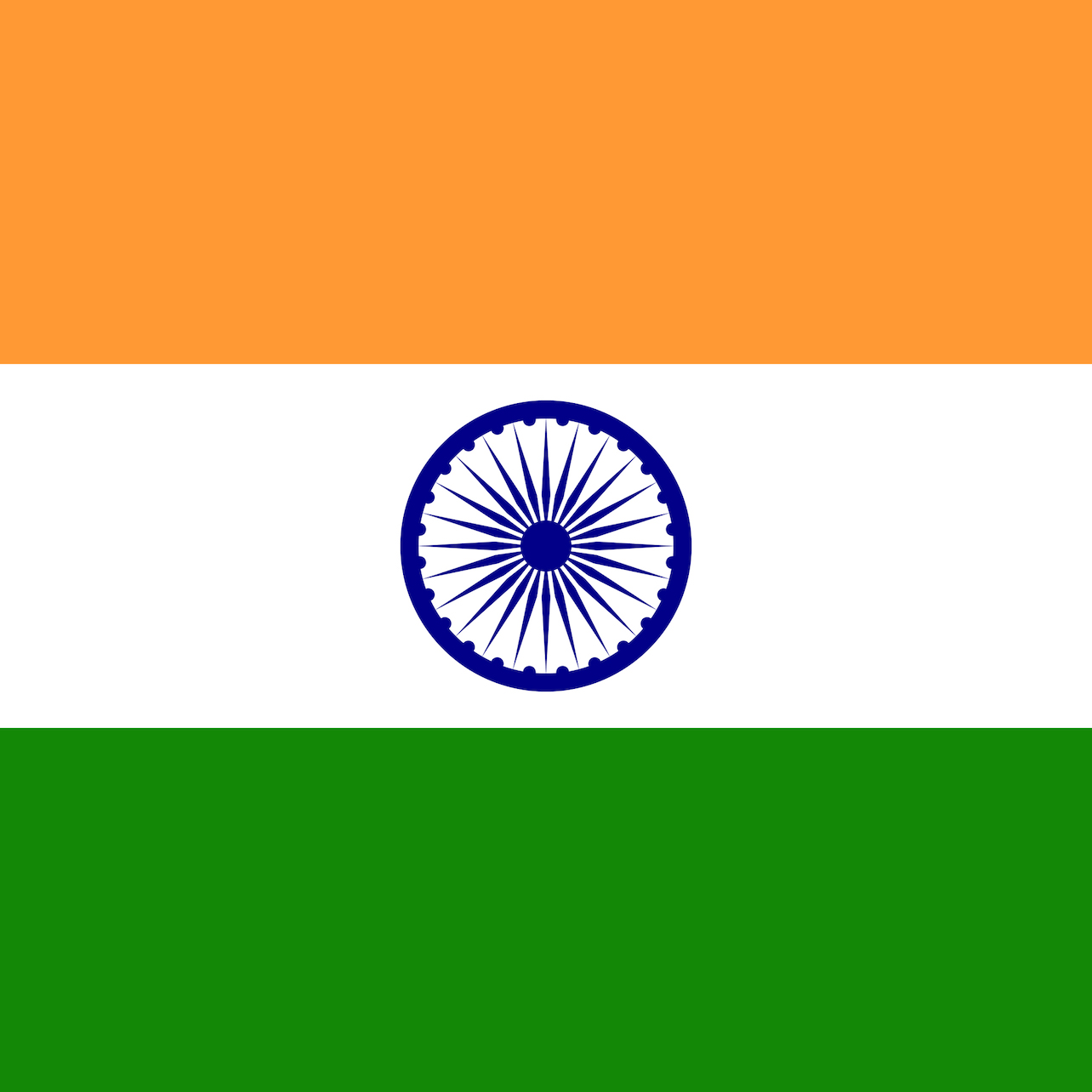
Indonesia

Lao PDR
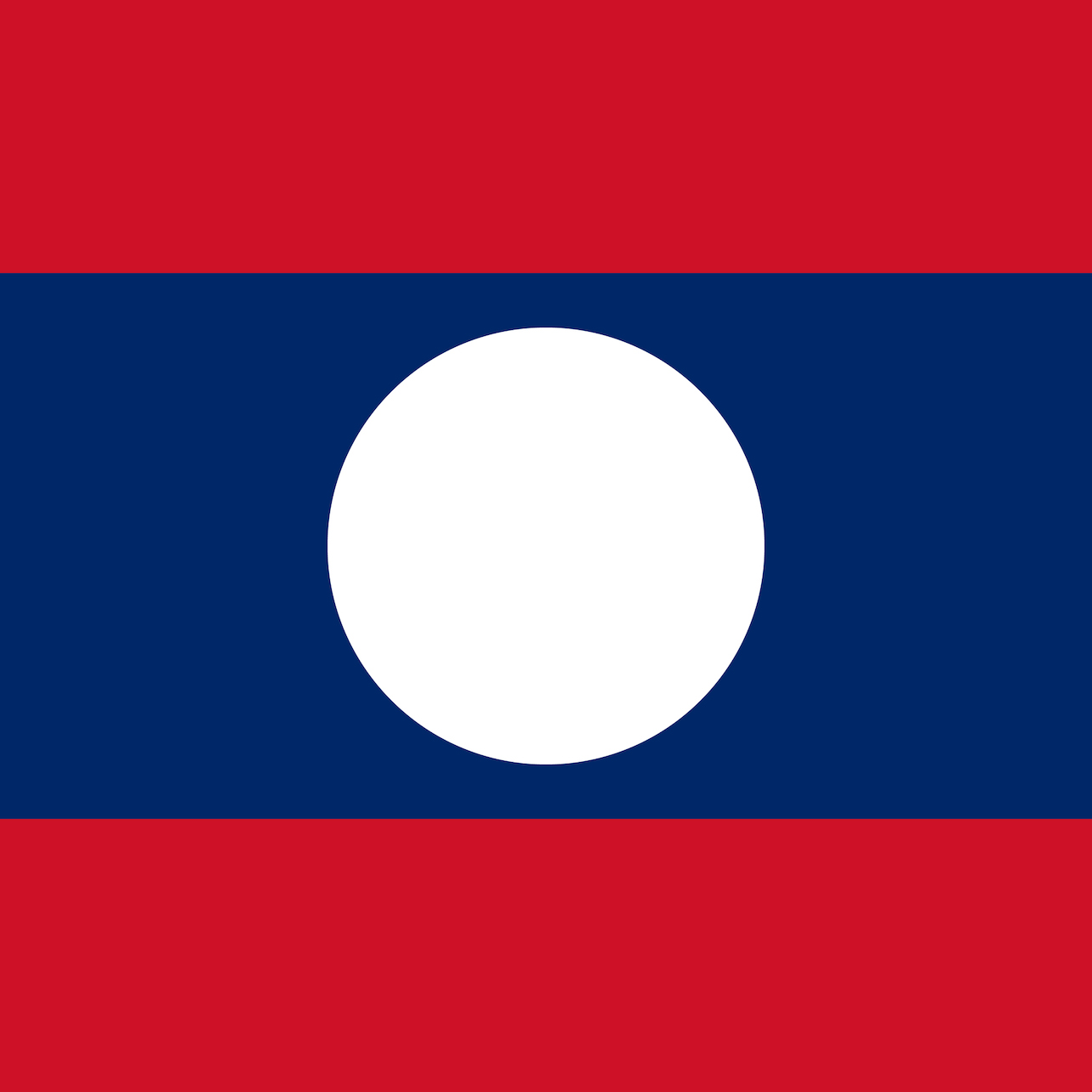
Nepal
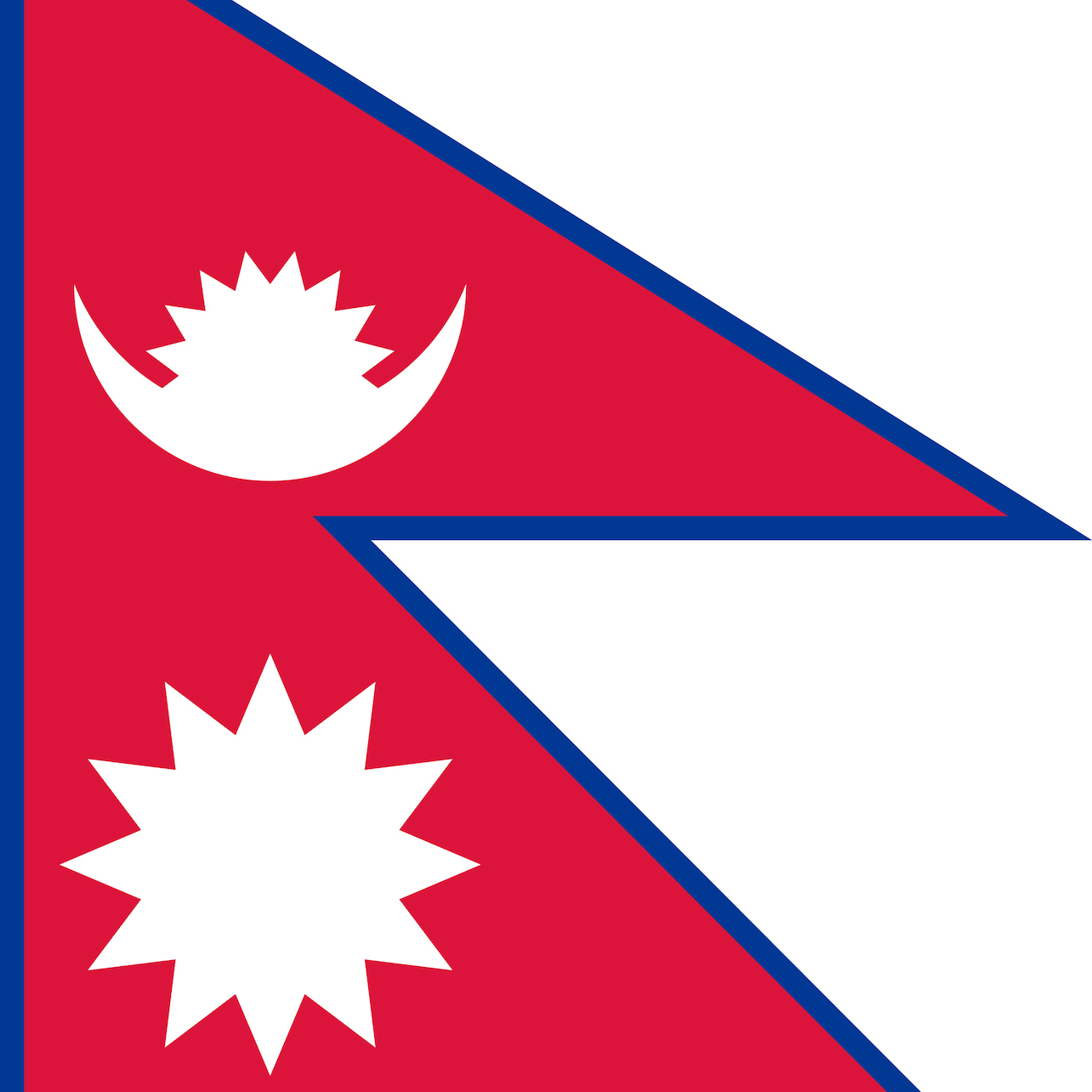
New Zealand
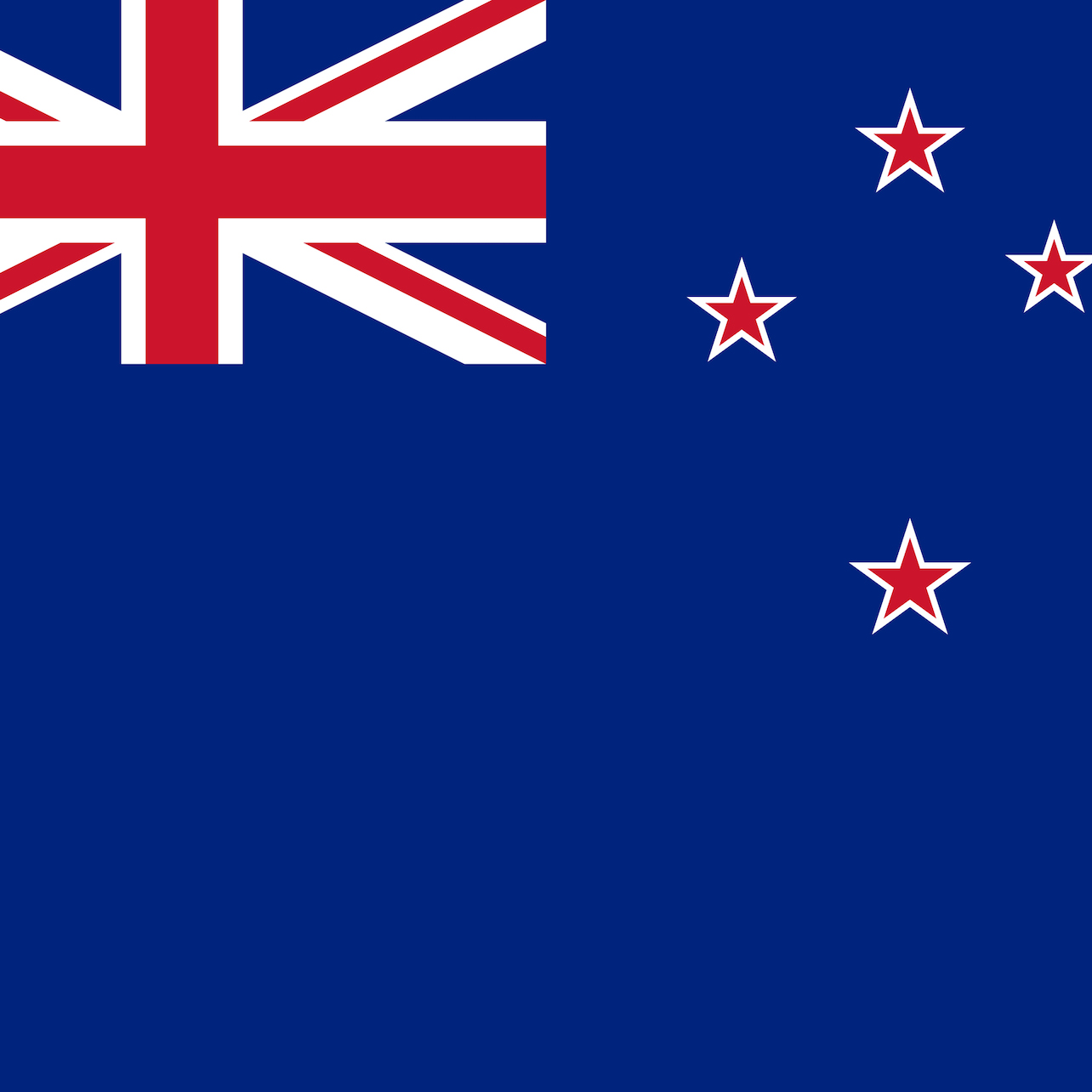
Pakistan
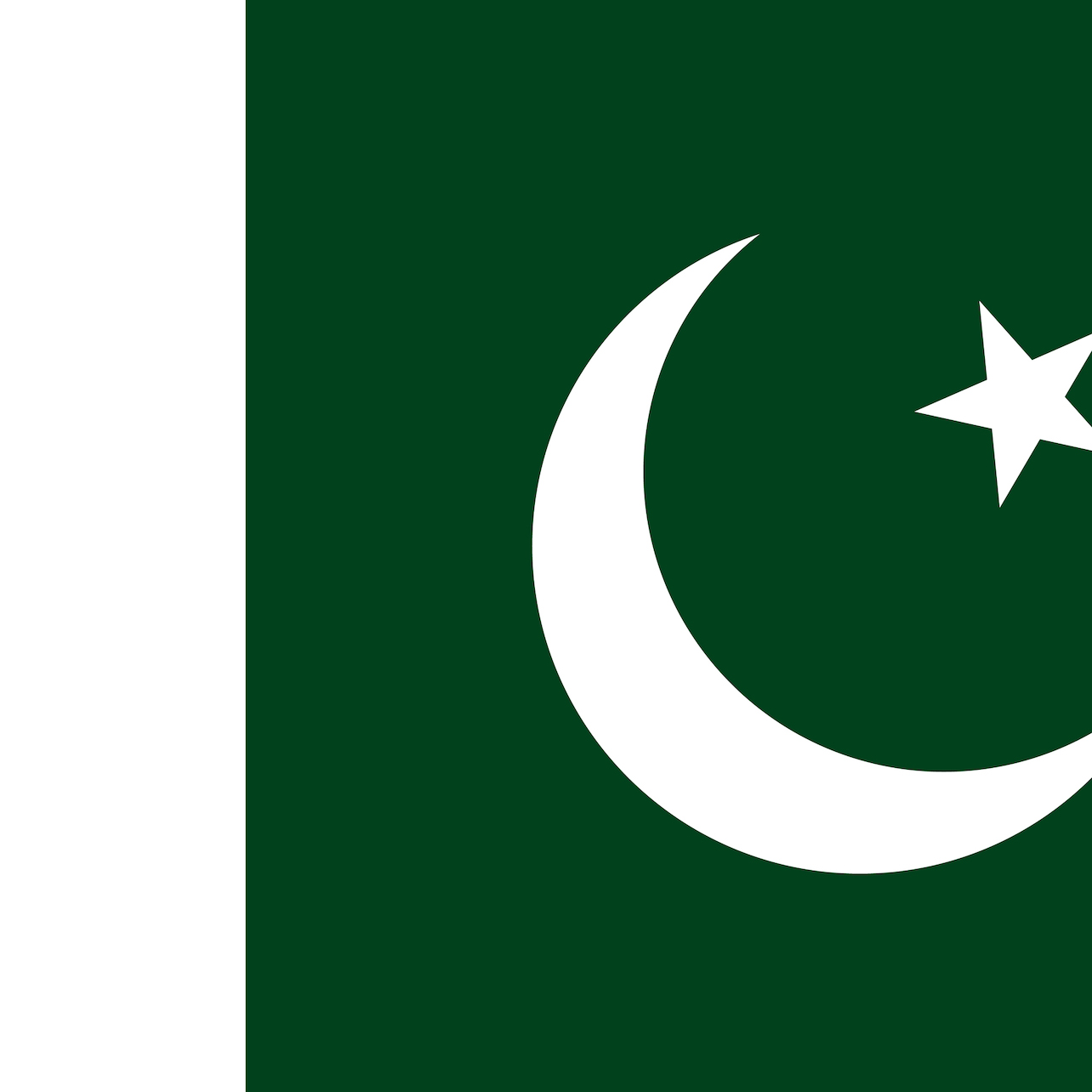
Philippines

Singapore
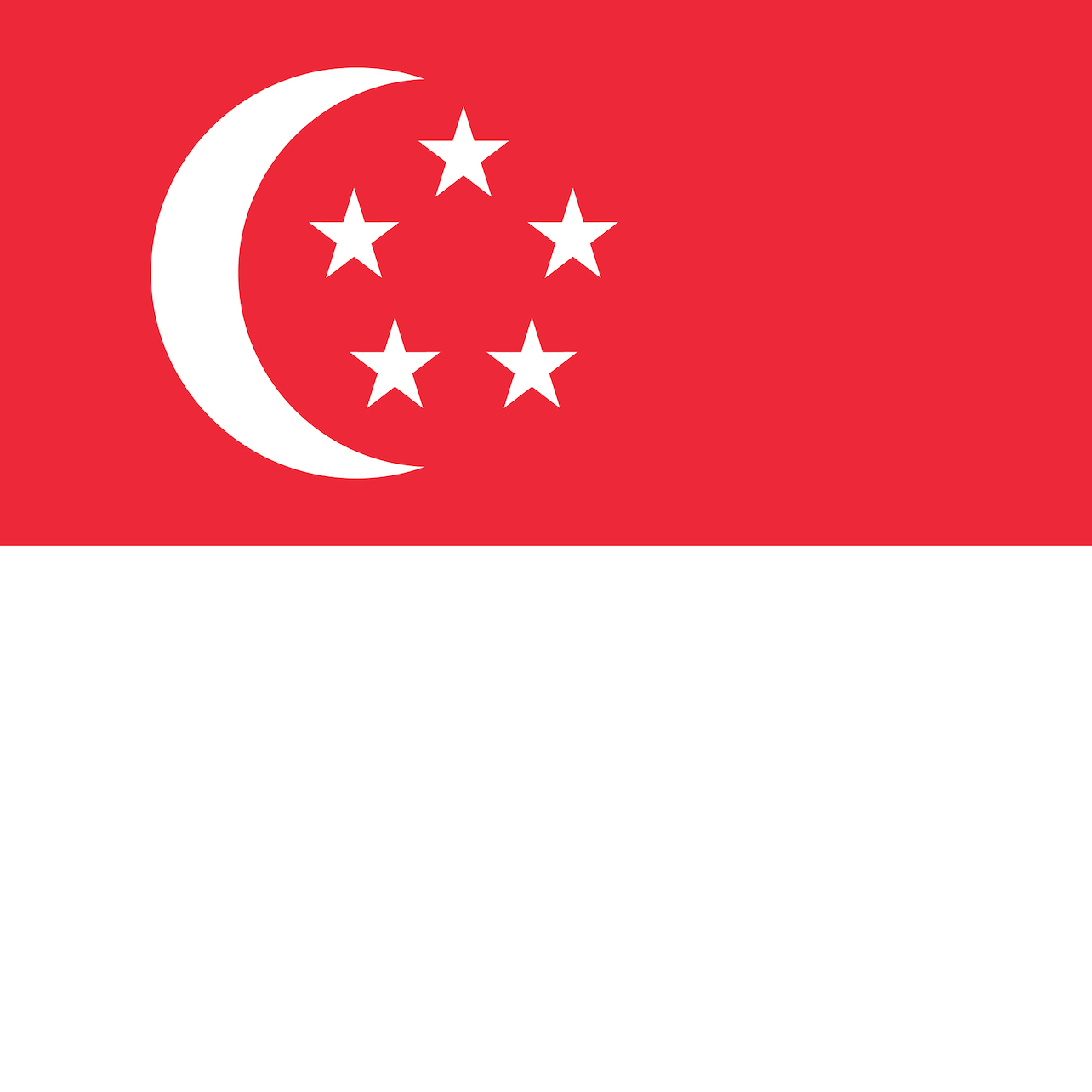
Vietname



